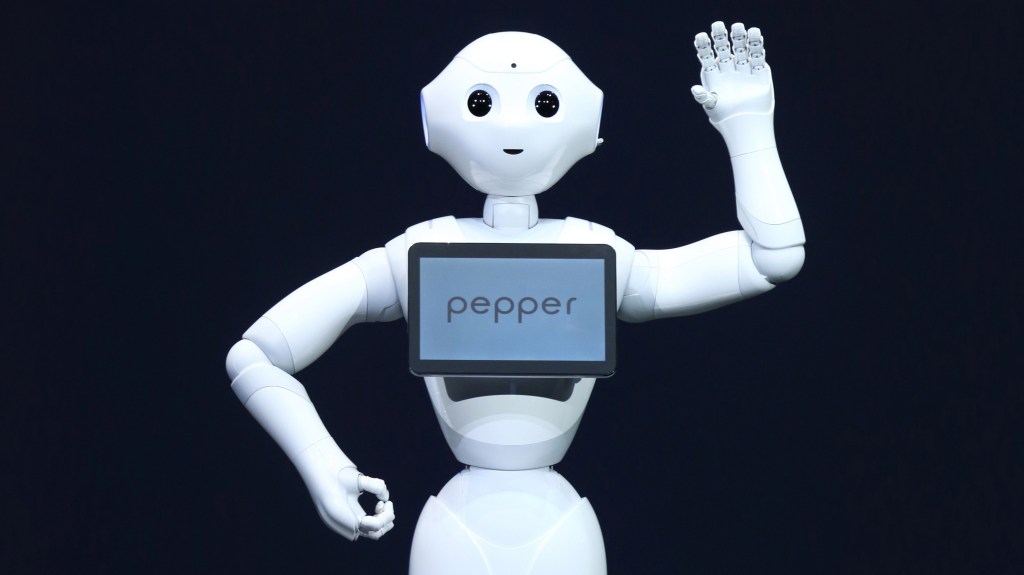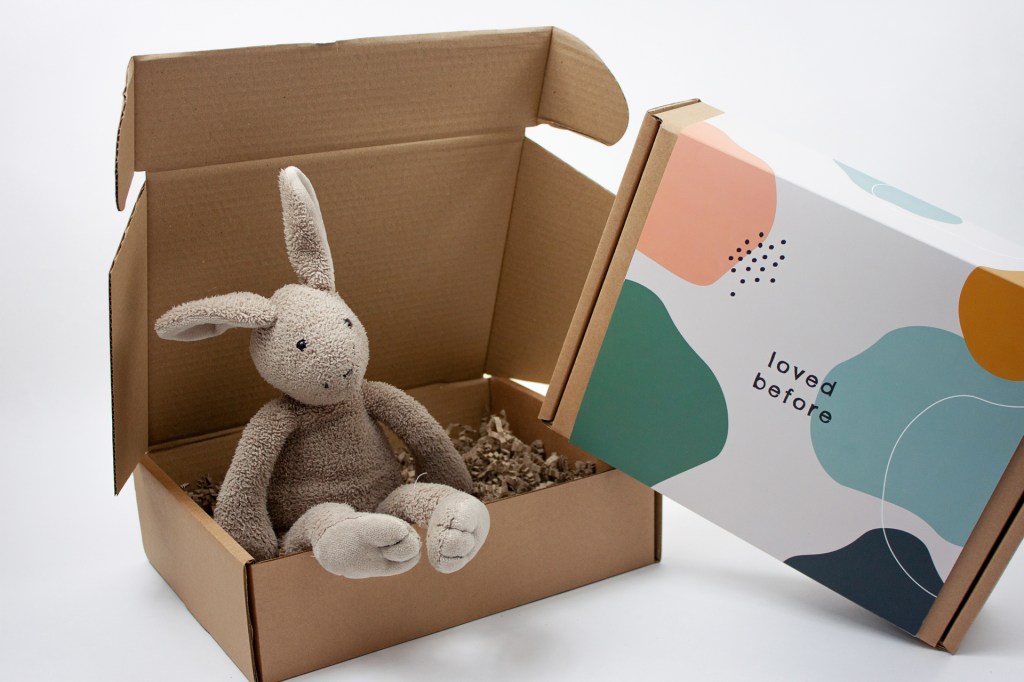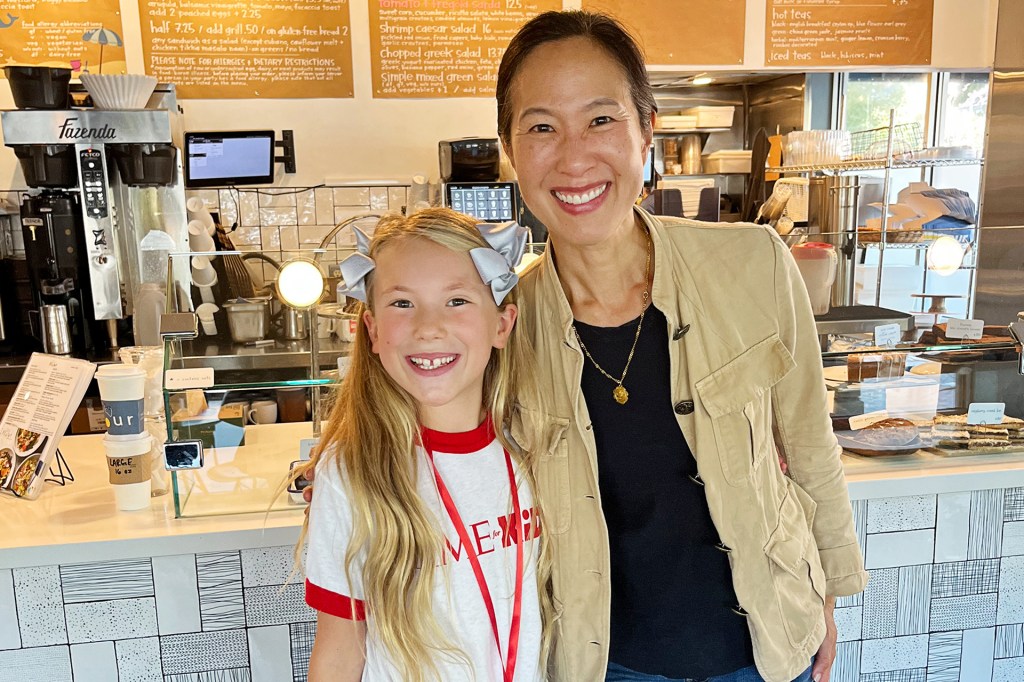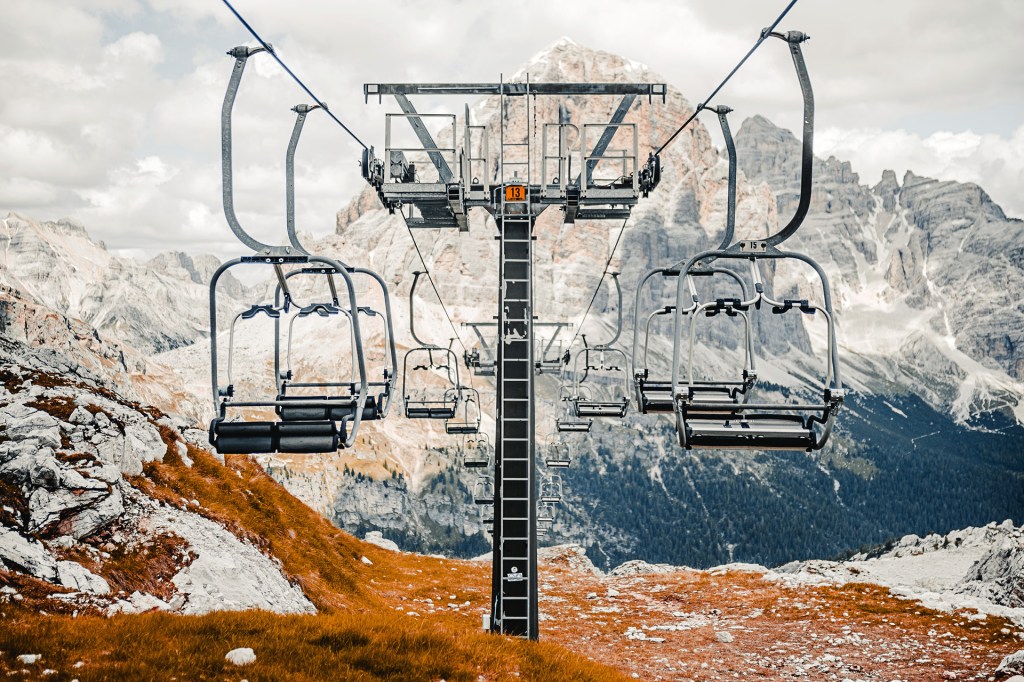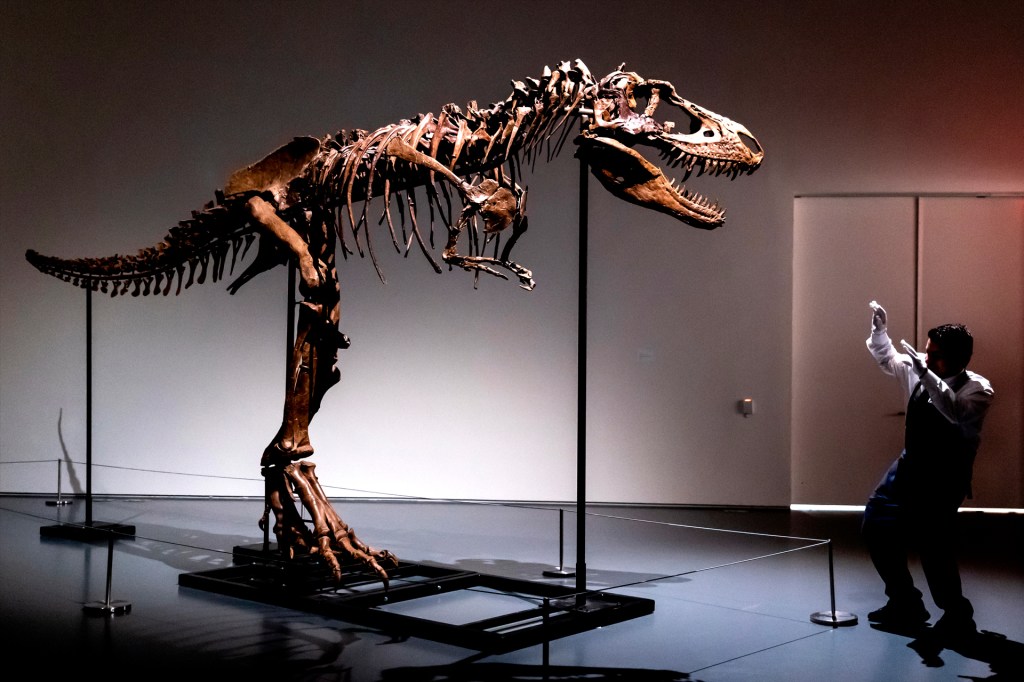Inside the Crayola Factory
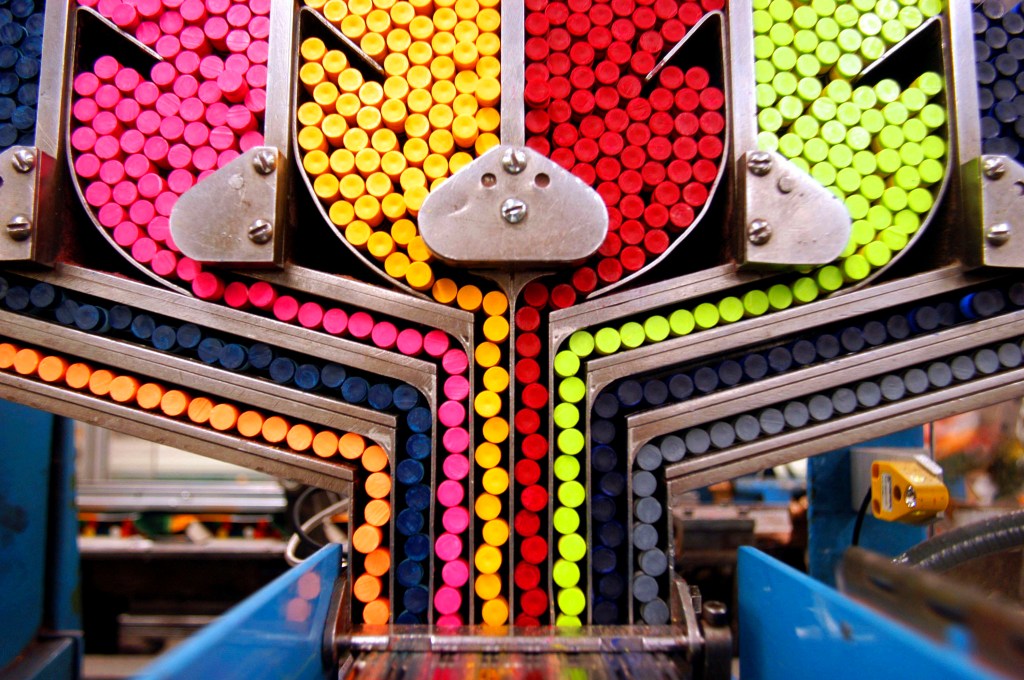
Step into the Crayola factory in Easton, Pennsylvania. Here, humming machines and busy workers make about 180 crayons a minute. In a year, the Crayola company produces nearly 3 billion colorful wax sticks.
“There’s a great demand for crayons,” Crayola engineer Elizabeth Rieland told TIME for Kids. It’s her job to improve the crayon-making process. She helps the company supply the world with more and more crayons.
Creating Crayons
Crayola produces its crayons in large batches. Hot liquid wax and powdered pigment
pigment
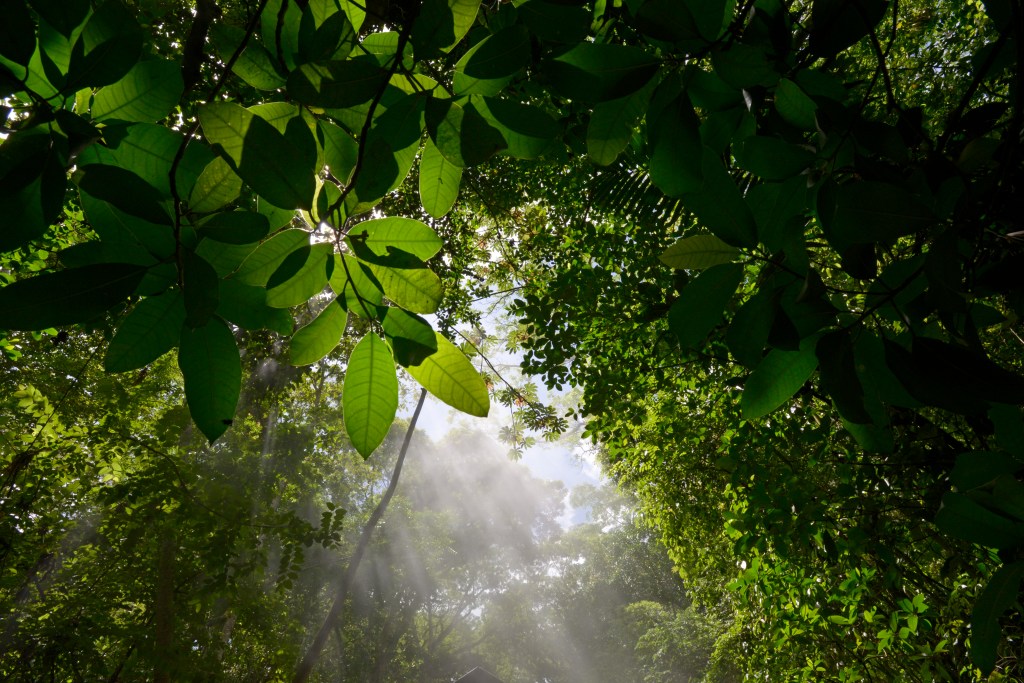 DEA/V.GIANNELLA—GETTY IMAGES
a substance that gives color to other materials
(noun)
Chlorophyll is a natural pigment that gives leaves their green color.
are mixed together and piped into molds. The crayons harden as they cool. Then they are ejected
eject
DEA/V.GIANNELLA—GETTY IMAGES
a substance that gives color to other materials
(noun)
Chlorophyll is a natural pigment that gives leaves their green color.
are mixed together and piped into molds. The crayons harden as they cool. Then they are ejected
eject
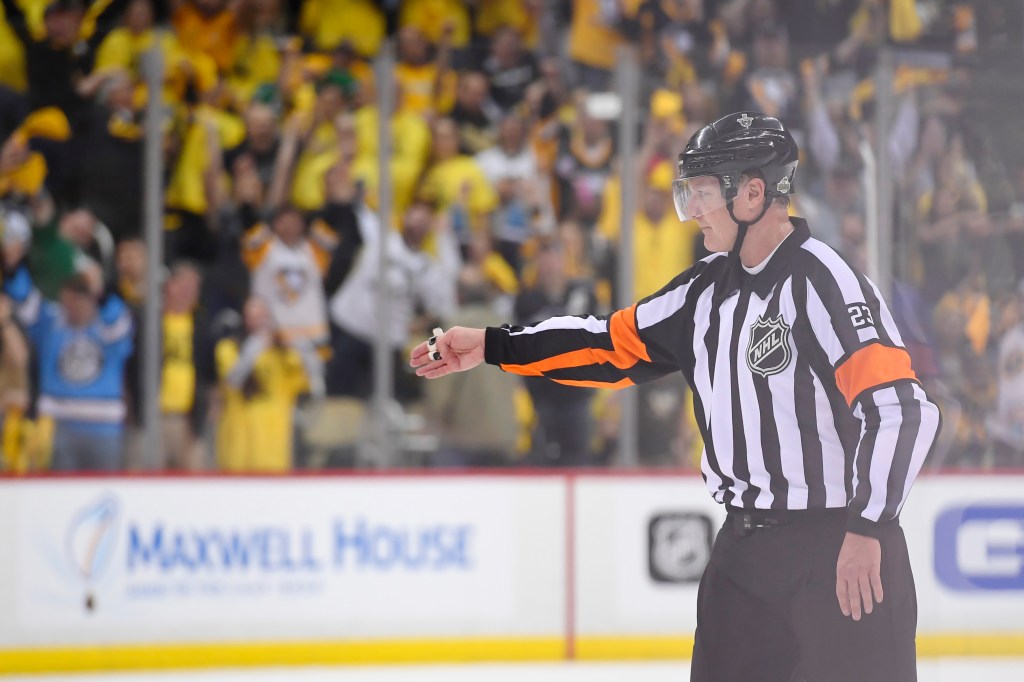 ICON SPORTSWIRE—GETTY IMAGES
to push or throw out
(verb)
The referee can eject players from the hockey game.
from the molds. A robotic arm picks them up. A conveyor belt moves them to a labeling machine. It wraps a paper label twice around each stick.
ICON SPORTSWIRE—GETTY IMAGES
to push or throw out
(verb)
The referee can eject players from the hockey game.
from the molds. A robotic arm picks them up. A conveyor belt moves them to a labeling machine. It wraps a paper label twice around each stick.
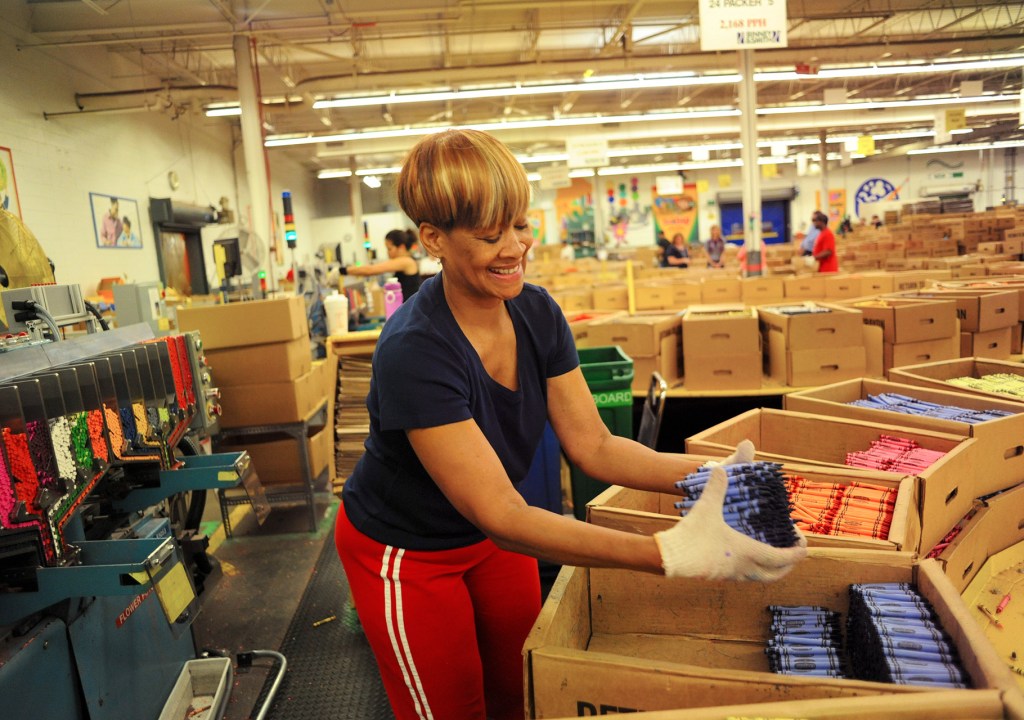
SERIOUS SORTING A worker grabs crayons to stack them into the collator behind her. The machine puts them into boxes.
CRAYOLANext, an inspector looks at each crayon and picks out any that are chipped or broken. Those crayons will be melted into another batch. Meanwhile, the good crayons are scooped up by a worker. They are stacked into a collator. The machine places one crayon of each color into boxes. Now the crayons are ready to be sent to stores.
A World of Color
Crayola has been making boxes of crayons for 115 years. The first set had eight colors. It sold for just 5¢. Today, Crayola crayons come in more than 150 hues. “The world is made up of so many different colors,” Rieland says. “We want kids to have whatever colors they are looking for.”
Last year, Crayola introduced a new color. It was based on a vibrant
vibrant
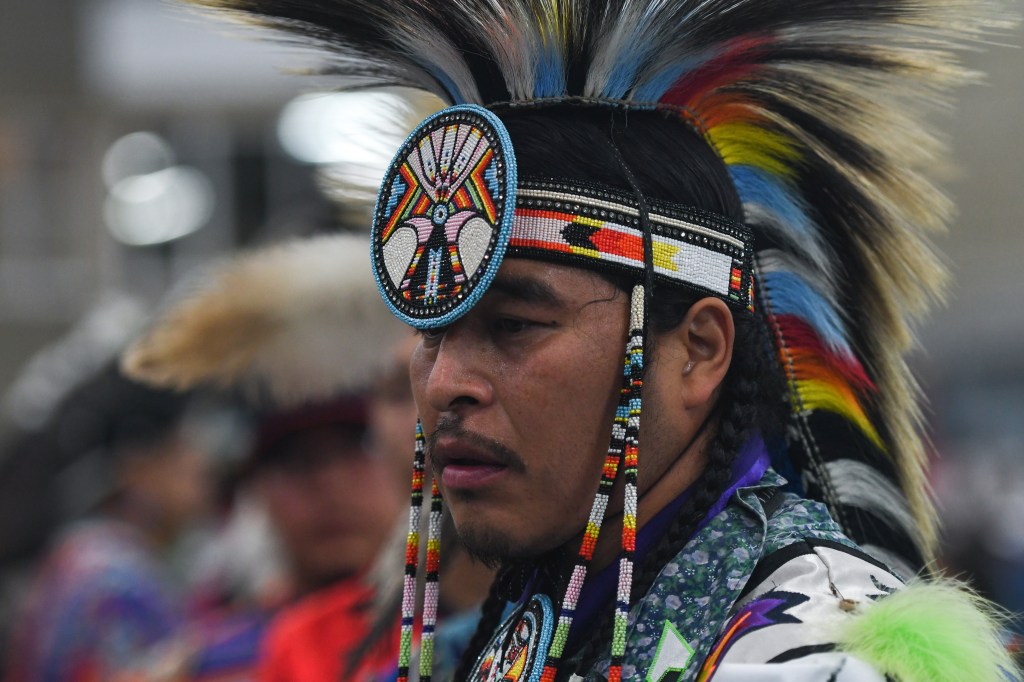 NURPHOTO—GETTY IMAGES
bright
(adjective)
The dancer's headdress was full of vibrant colors.
blue pigment discovered by scientists. Crayola held an online contest to pick a name. The winning name was Bluetiful.
NURPHOTO—GETTY IMAGES
bright
(adjective)
The dancer's headdress was full of vibrant colors.
blue pigment discovered by scientists. Crayola held an online contest to pick a name. The winning name was Bluetiful.
“It’s a fun time to be in the crayon business,” Rieland says. Does she have a favorite Crayola color? Of course! It’s called Purple Mountains’ Majesty.




